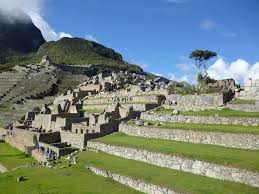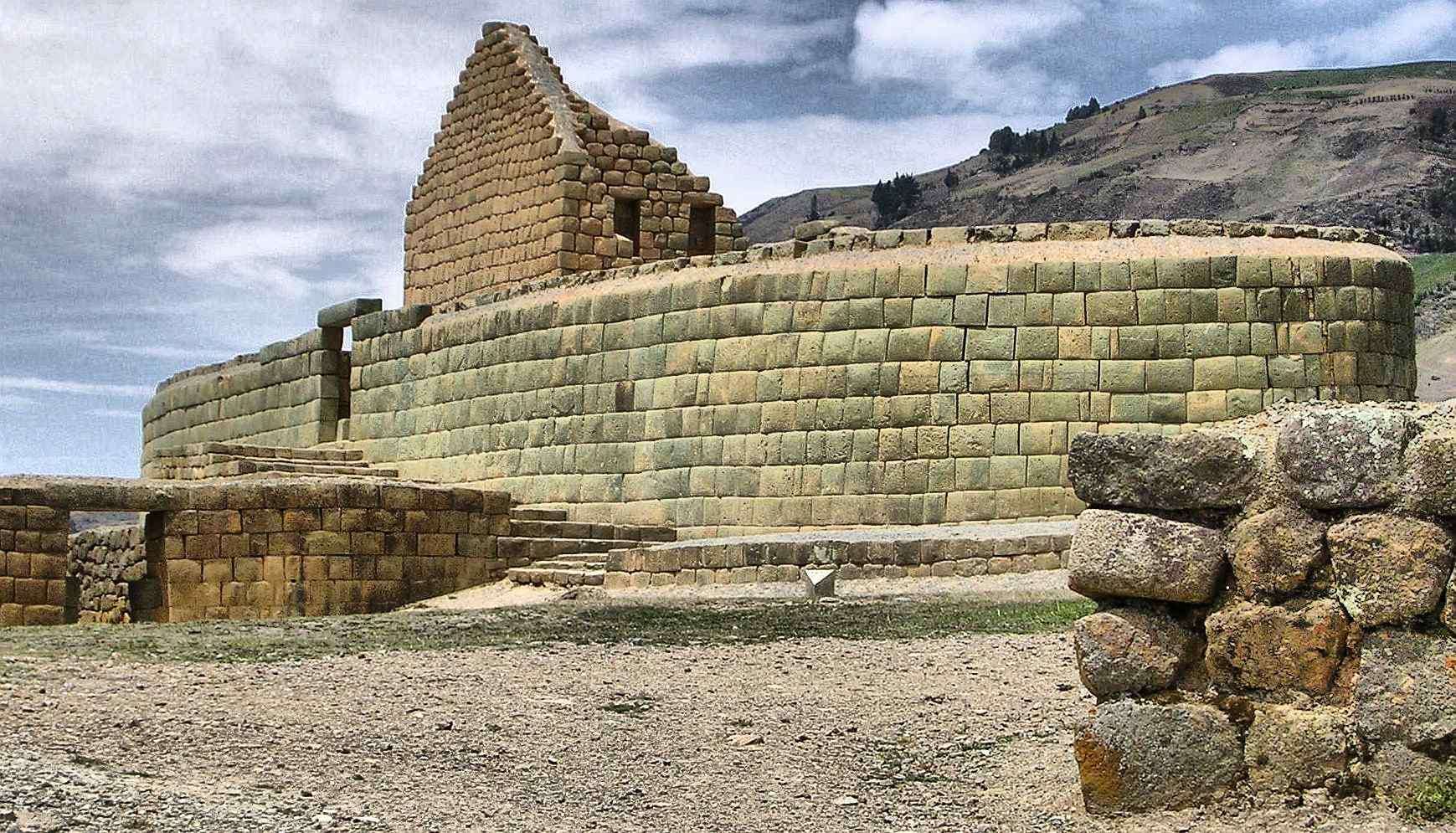Incan Location and Geography |
In the Incan language, Quechua, their empire was known as Tawantinsuyu. This means "land of the four quarters." The empire and all four of the quarters which it was divided into met at the Incan capital Cuzco, Peru in South America. Today, pieces of the Incan empire still remain in different areas of the central highlands of the Andes. The Incas were a vast group, and the strongest of this were located in the highlands. By 1532 they had an accumulated mass of land that spanned from the Pacific coast across the Andes to the Atlantic coast and from central Chile to Ecuador
The Incans gave their empire the name, 'Land of the Four Quarters' or the Tahuantinsuyu Empire. It stretched north to south some 2,500 miles along the high mountainous Andean range from Colombia to Chile and reached west to east from the dry coastal desert called Atacama to the steamy Amazonian rain forest. Historians put the beginning of the Inca Empire at around 1200.The Tahuantinsuyo had risen in the Cuzco (Cusco) area, later it has expanded and included territories in 6 of today's countries. TahuantinsuyoThe word Tahuantinsuyo (Tawaintin Suyu in Quechuan writing) is said to mean "Four Regions". "Tahua" or "tawa" means a group of 4 elements and "suyo" or "susyu" means region, area or province.The 4 major regions were the following: Chinchasuyu, Antisuyu, Contisuyu and Collasuyu. These 4 divisions of the mighty empire met at the city of Cuzco (in its original name "Quesqu" or sometimes "Qusqu" or "Qosqu", today often written as "Cusco"), which had been built in the shape of a Puma.
Even with our advanced mountaineering clothing and equipment of today, it is hard for us to acclimatize and cope with the cold and dehydration experienced at the high altitudes frequented by the Inca. This ability of the sandal-clad Inca to thrive at extremely high elevations continues to perplex scientists today. More info on- Inca Culture, Climate, Government |




